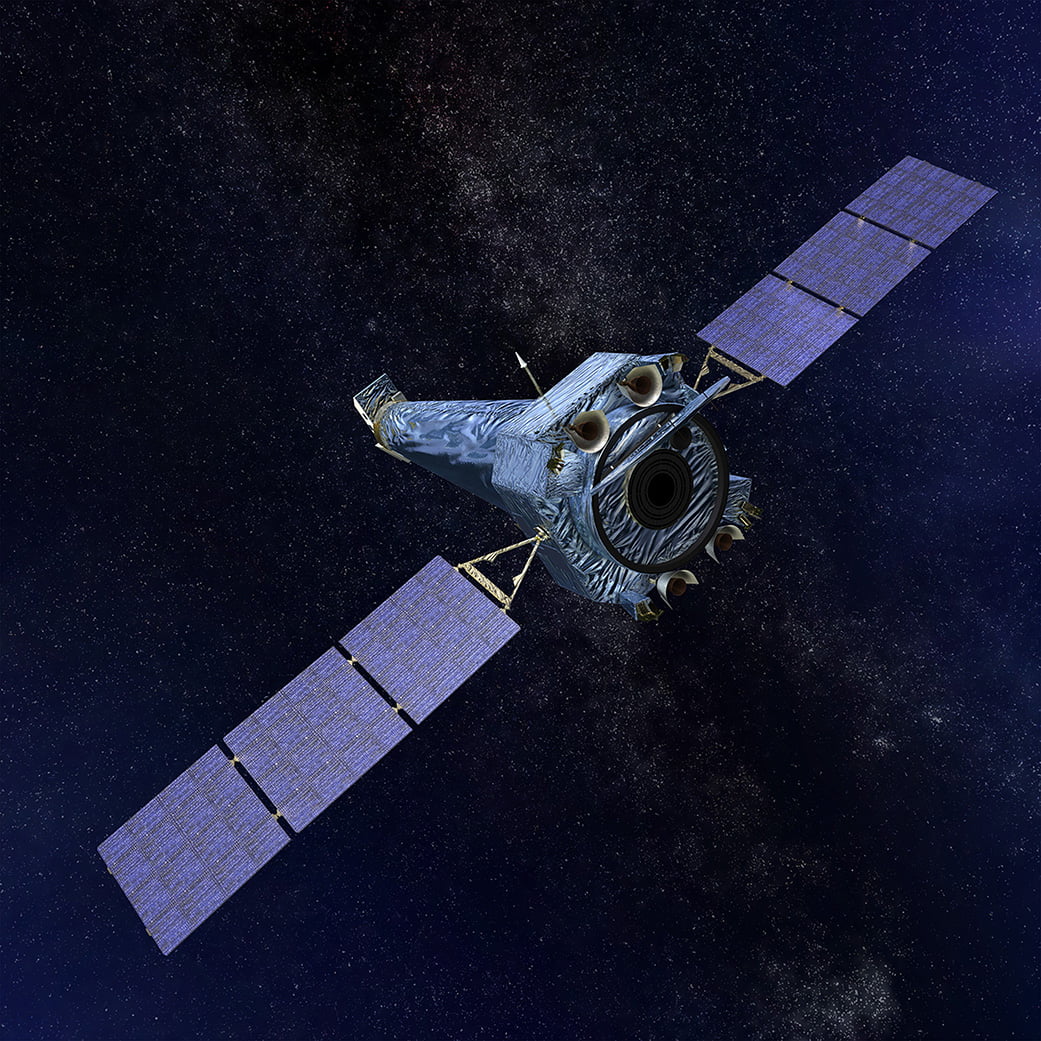NASA is having a really tough time. After the Opportunity rover entered hibernation mode due to a dust storm in June, one of the Hubble Space Telescope’s remaining gyroscopes failed, and now the Chandra X-Ray Observatory entered safe mode as well. So what is wrong with all of NASA’s space equipment?
NASA announced on Friday that the Chandra X-Ray Observatory entered safe mode on Wednesday. The space agency said it is investigating the issue, although data analysis of the probe indicated that its transition into safe mode is “normal behavior.”
Since the spacecraft was launched in 1999, it has been closely monitoring and X-raying our universe. It’s one of four observatories in NASA’s Great Observatory program, which also includes the Hubble Space Telescope, the Compton Gamma Ray Observatory and the Spitzer Space Telescope.
The observatory looks deep into space at objects such as black holes, galaxies, supernovas, high-temperature gases and quasars using the x-ray part of the electromagnetic spectrum. The Chandra X-Ray Observatory has greatly contributed to our improved understanding of the universe.
NASA refers to the spacecraft as “incredible” and describes it as “the worlds [sic] most powerful X-ray telescope. It has eight-times greater resolution and will be able to detect sources more than 20-times fainter than any previous X-ray telescope.”
The Chandra X-ray Observatory entered safe mode on Wednesday to protect itself from potential issues. NASA said the issue could involve a failed gyroscope. The Hubble Space Telescope sustained a similar gyroscope failure issue recently. The spacecraft went into safe mode because another one of its six gyroscopes failed. The telescope’s actions are temporarily suspended until NASA engineers can see if they can fix the issue.
NASA said that all of Chandra’s critical hardware has been swapped into back-up units, while the spacecraft is pointed in such a way that the solar panels get maximum sunlight, while the mirrors point away from the sun.
“Analysis of available data indicates the transition to safe mode was normal behavior for such an event,” NASA said. “All systems functioned as expected and the scientific instruments are safe.”
Grant Tremblay, an astrophysicist at the Harvard-Smithsonian Center for Astrophysics, tweeted that there is a “clear pathway to recovery” for Chandra.
Chandra is safe, the issue is now characterized, we have a clear pathway to recovery, and we’re working on it now. Chandra will return to its world-class science program soon. https://t.co/KU6WnLkPxI
— Grant Tremblay (@astrogrant) October 12, 2018
Chandra is 19 years old, and it has by far outlived the five-year lifespan that was predicted when it was designed and launched. The space agency said once the issue with Chandra is fixed, the mission is expected to last “for many years to come.” In 2001, NASA extended Chandra’s mission for 10 more years, but the spacecraft outlived that timeframe as well.





